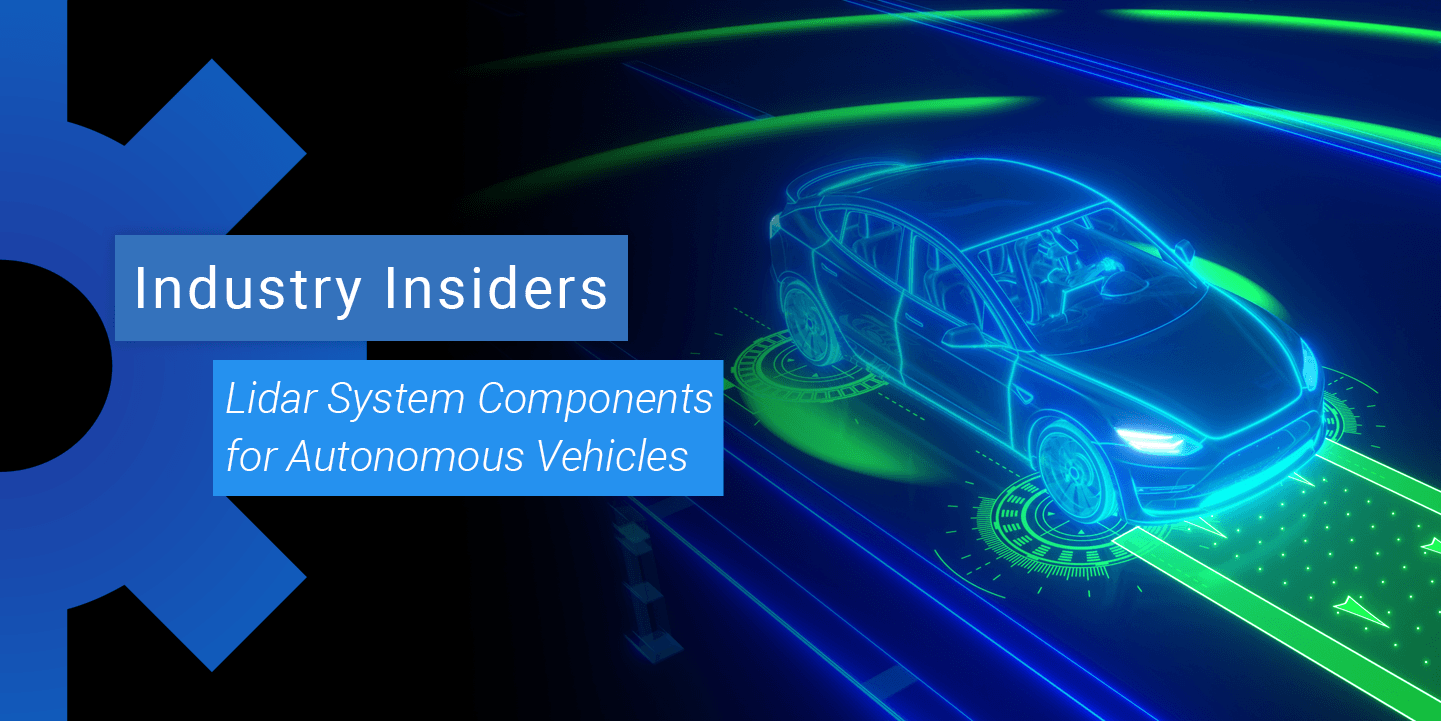
Autonomous Driving Technology: Navigating the Road to Self-Driving Cars – Autonomous driving technology represents a revolutionary leap forward in the automotive industry, promising a future where vehicles can navigate the roads without human intervention. The development of self-driving cars is a complex journey involving cutting-edge technologies, regulatory considerations, and societal adaptation. In this article, we delve into the world of autonomous driving, exploring the key components, challenges, and the potential impact of self-driving cars on our roads.
1. The Components of Autonomous Driving

At the heart of autonomous driving technology are sophisticated systems that enable vehicles to perceive, analyze, and respond to their surroundings. These systems encompass a variety of technologies, including:
a. Sensors and Perception Systems
Self-driving cars rely on an array of sensors, such as LiDAR, radar, and cameras, to perceive the environment. These sensors create a detailed, real-time map of the surroundings, allowing the vehicle to identify obstacles, pedestrians, and other vehicles on the road.
b. Control Systems and Actuators
Control systems process the data collected by sensors and make real-time decisions to navigate the vehicle. Actuators, such as steering and braking systems, execute these decisions. The integration of advanced control systems is crucial for the precise and safe operation of autonomous vehicles.
c. Machine Learning and Artificial Intelligence (AI)
AI algorithms play a key role in autonomous driving, enabling vehicles to learn and adapt to diverse driving scenarios. Machine learning allows self-driving cars to improve their decision-making capabilities over time, enhancing overall safety and performance.
2. The Levels of Autonomy
Autonomous driving is categorized into levels, ranging from Level 0 (no automation) to Level 5 (full automation). Each level represents the extent of the vehicle’s ability to operate without human intervention. Currently, most commercially available autonomous systems fall within Levels 2 and 3, where the vehicle can handle specific tasks but requires driver oversight.
3. The Promise of Increased Safety
Proponents of autonomous driving emphasize the potential for significantly increased road safety. Autonomous vehicles are designed to eliminate human errors, which are a leading cause of accidents. The precision and consistency of self-driving cars, combined with their ability to communicate with each other, have the potential to reduce accidents and save lives.
4. Challenges and Obstacles
Despite the promise of autonomous driving, significant challenges and obstacles must be overcome. These include:
a. Regulatory Hurdles
The deployment of autonomous vehicles requires clear and comprehensive regulatory frameworks. Governments worldwide are grappling with how to regulate self-driving cars, addressing issues related to liability, insurance, and the coexistence of autonomous and traditional vehicles.
b. Technical Limitations
Achieving full autonomy faces technical challenges. Adverse weather conditions, complex urban environments, and the unpredictability of human behavior present hurdles that autonomous systems must navigate. Continuous advancements in technology are necessary to address these limitations.
c. Ethical Dilemmas
Autonomous driving raises ethical questions. Algorithms must make split-second decisions in critical situations, raising concerns about how these decisions align with ethical principles. Striking a balance between safety and ethical considerations is a complex challenge.
5. Impact on Transportation and Urban Planning
The widespread adoption of autonomous driving technology has the potential to reshape transportation and urban planning. It may lead to reduced traffic congestion, improved efficiency in transportation networks, and changes in city infrastructure as the need for parking spaces diminishes.
6. Societal Adaptation
The acceptance and adoption of self-driving cars depend on societal trust and comfort with the technology. Public perception, understanding, and familiarity play crucial roles in the successful integration of autonomous vehicles into daily life.
7. Future Prospects and Industry Collaboration

The road to fully autonomous driving is a dynamic landscape, characterized by collaboration among automakers, technology companies, and regulators. Industry players are working together to address challenges and accelerate the development of safe and reliable autonomous driving solutions.
8. Consumer Education and Training
As autonomous driving becomes a reality, consumer education and training are paramount. Drivers must understand how to interact with self-driving cars, particularly during the transitional phase when both autonomous and traditional vehicles share the roads.
Conclusion article Autonomous Driving Technology: Navigating the Road to Self-Driving Cars
In conclusion, the development and implementation of autonomous driving technology represent a transformative journey in the automotive industry.* The promise of increased safety, improved transportation efficiency, and changes in urban planning underscore the potential benefits of self-driving cars. However, the path to full autonomy is marked by technical challenges, regulatory considerations, and the need for societal adaptation. As autonomous driving continues to evolve, it remains a dynamic and exciting frontier that holds the potential to revolutionize the way we experience and perceive transportation.
Read More : Electric Vehicles EVs: Shaping the Future of Transportation in 2024








4 thoughts on “Autonomous Driving Technology: Navigating the Road to Self-Driving Cars”
Comments are closed.